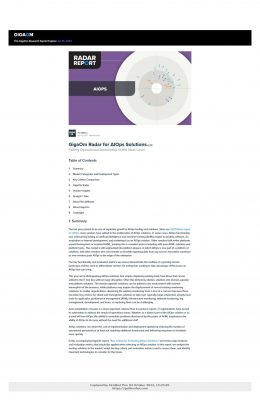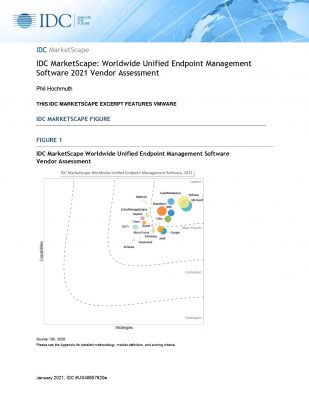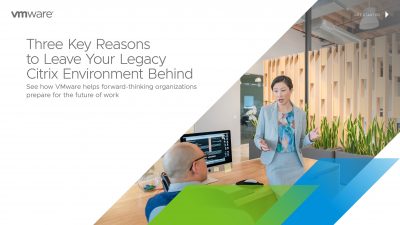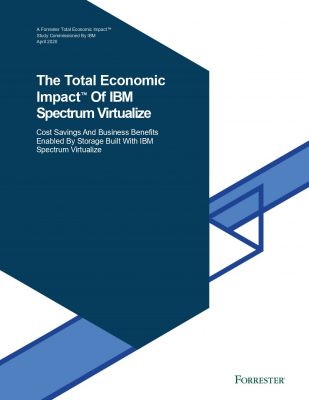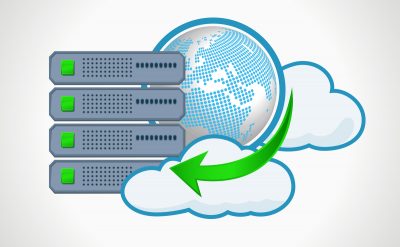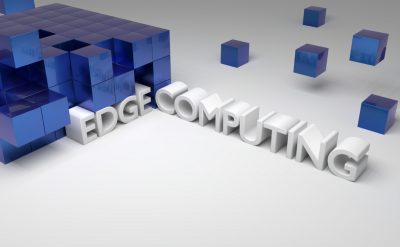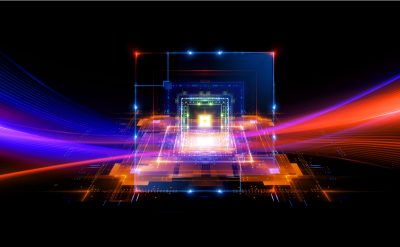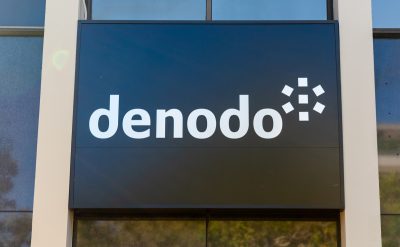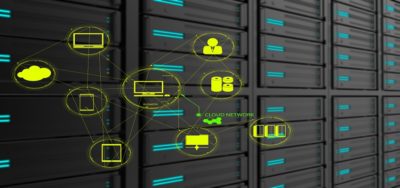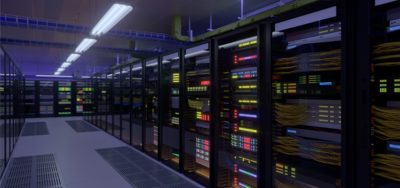Docker is a collection of interoperating Platform-as-a-Service and software-as-a-Service that provides the user with the objective to create an operating system level virtualization that is implemented to improve the development and delivery of various applications. It assists the organizations in developing a standardized software package based on the requirements inside a container. The software that hosts the current container system is called as Docker Engine; it was first started in 2013 developed by Docker, Inc. The current service includes both free and premium users. Containers are best in developing the required virtual environment for software sharing, platform sharing, and OS sharing.
Every container is isolated from each other and bundle their own software, configuration files, and libraries. Each container can communicate with each other through well-defined channels based on the need for processing speed. All containers are run by a single operating system kernel and thus require less hardware. The resource requirements are less than virtual machines. Containers are created from images that specify their required contents; they are often created by combining and modifying the standard image that is downloaded by using the public repositories. Its been more than six years that Docker containerization transformed the way applications are built and deployed, making containerization the core of the cloud environment. Docker has become one of the founding technology for containerization. Docker, as container tech, never lacked the resources and optimization for developing technology on a completely different level. With Docker model, applications are more portable and run inside containers, that are providing a more agile approach for the development and deployment of applications. Docker has also built the “Dockerfile” packaging format that defines how the container image should be built. The container model that was first developed by the Docker and has evolved over the last six years of usage. The Container has become a cornerstone when we see cloud-native space, including the open source Kubernetes container orchestrations system. Below are some of the key points that highlighted the usage of Docker and Cloud Native revolution.
1. Docker History
When Docker containerization technology was first started, it was just a project by Solomon Hykes, but now it has moved to become of the foremost tech used for containerization and management on the cloud. Docker Inc. currently has more than 700 customers, including Liberty Mutual, PayPal, ADP, and many other larger brands. The market for containers is all set to reach $4.3 billion by 2022, according to the 451 research. Docker containers are dominating the market for virtualization that is making resource intensive functions easier to be performed from online banking to ridesharing, from paycheck processing to medical records; everything can be accessed using the Docker Containers.
2. Developers have led to greater adoption
In September 2013, Red Hat and Docker announced a collaboration around Fedora, OpenShift and Red Hat Enterprise Linux. There has been no stopping Docker Inc., that has gained a reputation of being the technology that caters to requirements of native cloud enterprises. Adoption of Docker started from different areas though core adopters have been developers and organizations with an inclination for technology. Cloud technology was initially used as a backup for storage requirements and application development rather than being native solutions. However, containerization has drastically changed the cloud technology. More than 2 million developers are using the Docker today, and there have been more 80 billion downloads of Docker. There are more than 5.5 million Dockerized applications, and currently, we have more than 25,000 job opening that requires a resource with a need for Docker experience.
3. Containerization at the core of Docker
While Docker started the container movement with an open source Docker Engine over the years, we have seen multiple technologies and vendors rise in the space of technology. The open-source Docker CE (Community Engine) provides container engines freely, and Docker Enterprise Edition (EE) provides the commercially supportive platform that integrates the additional capabilities for security, workflow, and operations. The container interoperability can also be achieved using the open-source open container initiative (OCI) specifications. When Docker first started with, it had a complete integrated core that is required to run any containers. Over the years, the disintegrations have become the core of the technology. Hence the core docker engine disaggregated the core docker engine with the container open-source project becoming the container runtime. The container is part of the Cloud Native Computing Foundation (CNCF) achieving a graduation project level this year.
4. Kubernetes working with Docker
Clustered Model used in the containers is an approach that is being used by the enterprises for the container orchestration. Docker has been able to develop its own container orchestration environment, also known as Swarm, that is integrated into the Docker EE and Docker CE. One of the major competitors for the Docker has been Kubernetes container, from 2017 docker will also be supporting the orchestration for the same system. A 2018, Dockercon conference in San Fransico, NASA engineers discussed how the new DART or also known as Double Asteroid Redirection Test (DART) mission. DART is a spacecraft that will deploy a kinetic impact technique to deflect an asteroid. At the core of DART, there is a software stack that is being developed using the Docker-based containerization.
Conclusion
Docker implements a high-level API to provide lightweight containers that could be used to run the processes in isolation. According to the article by Linux.com, Docker is a tool that can provide a package to the application, and its dependencies is a virtual container that can run on any Linux server. It assists with flexibility and portability as to where users can run the applications on any type of environment. A docker implements a high-level API to provide lightweight containers that run processes because docker containers are lightweight.
To know more, you can download recent whitepapers on virtualization.
